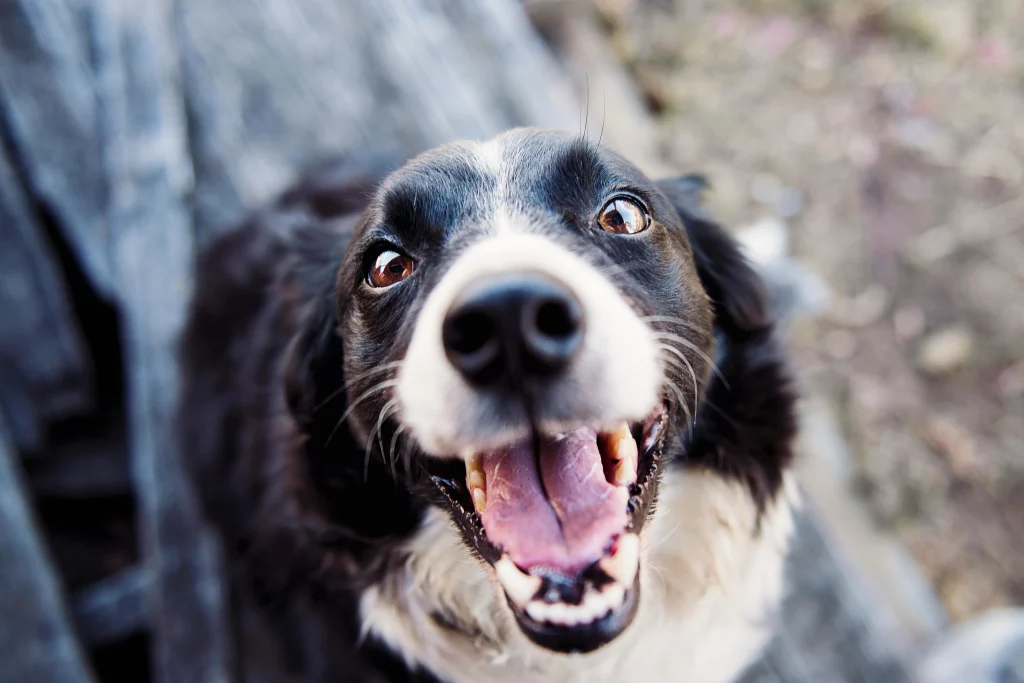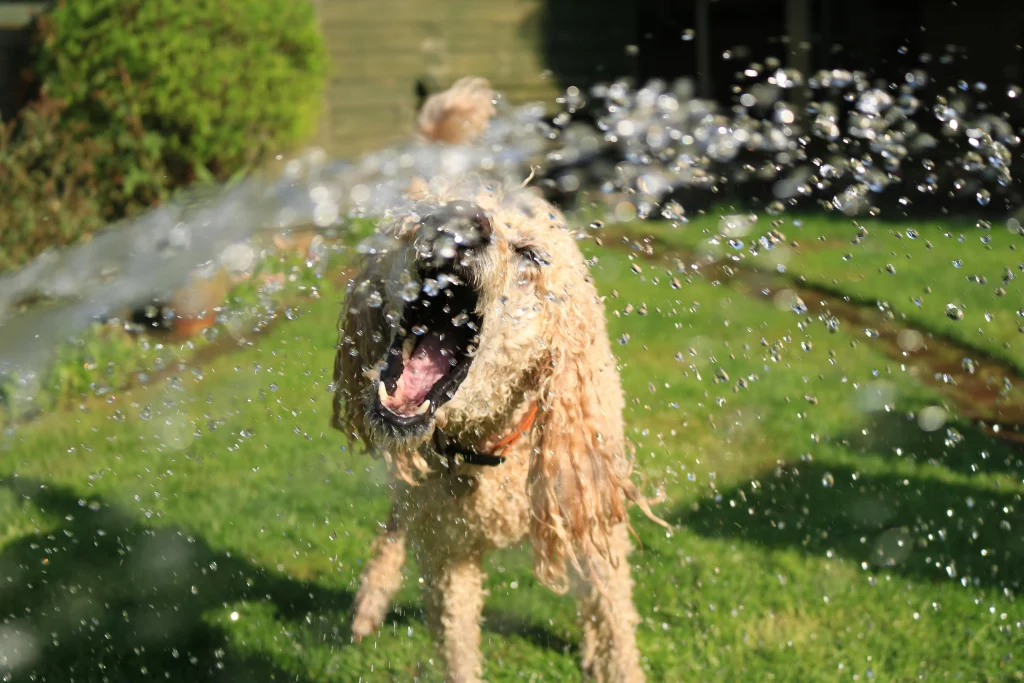Unraveling the Right Amount of Water for Your Dog

Maintaining optimal hydration is as crucial for our canine companions as it is for us. Water is essential for various bodily functions, including digestion, temperature regulation, and nutrient absorption. In this comprehensive guide, we’ll explore the factors that influence a dog’s water needs, how to determine the right amount of water for your furry friend, and the signs of dehydration that every pet owner should be aware of. Another thing to ask is if your pet shampoo contains harmful chemicals.
Understanding Your Dog’s Water Needs:
- Size and Weight of the Body:
A dog’s weight and size have a big impact on how much water they need, just like people do. In general, larger breeds of dogs require more water than smaller ones. A dog should generally drink one ounce of water for every pound of body weight each day.
- Level of Activity:
The degree of exercise a dog engages in determines how much water they require. Dogs who are lively and active, such working breeds or those that exercise frequently, might need to drink extra water to be adequately hydrated. Dogs who spend more time outside, particularly in warm weather, require extra water to make up for increased fluid loss from perspiration and panting.
- Weather:
A dog’s requirement for water is greatly influenced by environmental conditions, especially the climate. Increased water loss from panting can occur in hot, muggy weather. It’s critical to offer enough of water in these circumstances to avoid dehydration. However, a dog’s thirst may be lowered by cold weather, so it’s crucial to keep an eye on how much water they consume during these months.
- Diet:
How much water your dog needs depends on the kind of food they eat. Dogs fed a dry kibble diet could require more water than dogs fed a raw or wet diet. It’s essential to take into account both your dog’s unique tastes and the food’s moisture content.
- Medical Conditions:
Dogs with specific medical disorders, including diabetes or renal disease, may require less water. See your veterinarian about the right quantity of water for your dog and any special concerns if it has a medical problem.
Tips for Ensuring Proper Hydration:
- Supply Clean Water:
Make sure your dog always has access to clean, fresh water. To avoid the accumulation of pollutants and germs, change the water often.

- Multiple Water Stations:
Water bowls should be placed in different areas of your house and yard. This guarantees that your dog, wherever they may be, can get water with ease.
Keep an eye on your water intake:
Observe how much water your dog is consuming. A trip to the veterinarian may be required if you see a sudden change in their drinking patterns, either too much or too little.
- Regular Workout:
Exercise your dog on a daily basis to quench their thirst. This supports appropriate hydration in addition to promoting general wellness.
- Water-Rich Foods:
Include meals high in water in your dog’s diet. Including wet food or combining water with dry kibble can help increase the amount of fluids they consume overall.
- Indices of Low Hydration:
It is essential to identify the symptoms of dehydration in order to act quickly. Typical indications consist of:
- Excessive Panting:
Dogs naturally pant to cool off, but excessive panting might indicate dehydration.
- Nose and Dry Gums:
Examine the nose and gums of your dog. They may be dehydrated if they are sticky or dry.
- Dim Eyes:
Dehydrated eyes may appear sunken or lifeless, and this has to be checked out right once.
Skin Elasticity Loss:
Pinch the skin on your dog’s neck with gentle pressure. When a dog drinks enough water, its skin should regenerate quickly. It may indicate dehydration if it remains elevated.
Conclusion:
Ensuring your dog receives the right amount of water is essential for their overall well-being. By considering factors such as size, activity level, climate, and health conditions, you can tailor your approach to meet your dog’s specific hydration needs. Regular monitoring, providing fresh water, and being attentive to signs of dehydration are key components of responsible pet ownership. Remember, a well-hydrated dog is a happy and healthy companion, ready to share in all of life’s adventures.